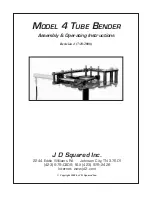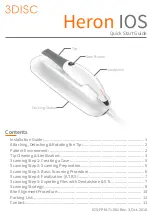
*
ZRUN
Run of 0s
000000
0
10
1
000100
000000100000
0
110
PRBN
ZSUB
* Closing bit
Mark Density Patterns
The mark density of a pattern is the portion of bits that are ones.
A pure PRBS pattern contains an equal number of ones and zeros and,
thus, has an average voltage in the center between high and low level.
Therefore, the mark density of such a pattern is 1/2.
Some devices may have problems processing data streams with
different mark density as this results in other average voltages and,
thus, different electrical conditions.
The ones (mark) density can be varied to put the pattern out of balance
in a randomly distributed way. This may be useful for systems that are
AC-coupled. This helps to check for effects such as baseline wander.
To test these cases, the Serial BERT provides PRBS patterns with the
mark densities 1/8, 1/4, 1/2, 3/4, and 7/8.
Software-Generated PRBS - Procedures
The recommended way to load the data patterns to the pattern
generator and error detector is to use the
Pattern Select Form
dialog box.
See
“Loading Patterns to the Pattern Generator and Error Detector” on
Software-Generated PRBS - Reference
Use the
Pattern Select
dialog box to select the pattern(s) you want to
write to the pattern generator and the error detector. See
Setting up Patterns
2
Agilent J-BERT N4903 High-Performance Serial BERT
53
Summary of Contents for J-BERT N4903
Page 1: ...S Agilent J BERT N4903 High Performance Serial BERT User Guide s Agilent Technologies...
Page 68: ...2 Setting up Patterns 68 Agilent J BERT N4903 High Performance Serial BERT...
Page 158: ...4 Setting up the Error Detector 158 Agilent J BERT N4903 High Performance Serial BERT...
Page 314: ...6 Evaluating Results 314 Agilent J BERT N4903 High Performance Serial BERT...
Page 374: ...7 Jitter Tolerance Tests 374 Agilent J BERT N4903 High Performance Serial BERT...
Page 394: ...8 Solving Problems 394 Agilent J BERT N4903 High Performance Serial BERT...
Page 434: ...Index 434 Agilent J BERT N4903 High Performance Serial BERT...
















































